Expansion of Distribution Channels
The expansion of distribution channels is significantly impacting the Hazelnut Milk Market. Retailers are increasingly recognizing the demand for hazelnut milk and are incorporating it into their product offerings. This includes not only traditional grocery stores but also health food stores, online platforms, and specialty shops. The rise of e-commerce has made it easier for consumers to access a variety of hazelnut milk products, thus broadening the market reach. Data indicates that online sales of plant-based milks, including hazelnut, have surged by over 30% in recent years. This diversification in distribution channels is likely to enhance the visibility and availability of hazelnut milk, further stimulating growth in the Hazelnut Milk Market.
Innovations in Product Development
Innovations in product development are playing a crucial role in shaping the Hazelnut Milk Market. Manufacturers are increasingly experimenting with flavors, formulations, and packaging to attract a broader consumer base. For instance, the introduction of hazelnut milk blended with other nut milks or flavored with cocoa and vanilla has gained traction among consumers looking for variety. Additionally, advancements in processing techniques have improved the shelf life and nutritional profile of hazelnut milk, making it more appealing to health-conscious consumers. Market data suggests that innovative product offerings can lead to a 15% increase in sales for brands that effectively capture consumer interest. This focus on innovation is likely to continue driving growth within the Hazelnut Milk Market.
Growing Interest in Nutritional Benefits
The growing interest in the nutritional benefits of hazelnut milk is a key driver for the Hazelnut Milk Market. Hazelnut milk is rich in essential nutrients such as vitamin E, magnesium, and healthy fats, which are increasingly sought after by health-conscious consumers. As more individuals seek to improve their diets, the nutritional profile of hazelnut milk positions it as an attractive alternative to traditional dairy. Market Research Future indicates that products highlighting their health benefits can experience a sales increase of up to 25%. This heightened focus on nutrition is likely to continue influencing consumer choices, thereby fostering growth within the Hazelnut Milk Market.
Rising Demand for Plant-Based Alternatives
The Hazelnut Milk Market is experiencing a notable increase in demand for plant-based alternatives to dairy products. This trend is largely driven by a growing awareness of health benefits associated with plant-based diets, including lower cholesterol levels and reduced risk of heart disease. According to recent data, the plant-based milk segment is projected to grow at a compound annual growth rate of approximately 10% over the next five years. Consumers are increasingly seeking out hazelnut milk as a nutritious option that offers a unique flavor profile and is rich in vitamins and minerals. This shift towards plant-based diets is not merely a fad; it appears to be a long-term change in consumer preferences, thereby propelling the Hazelnut Milk Market forward.
Increased Awareness of Environmental Impact
The Hazelnut Milk Market is benefiting from increased awareness regarding the environmental impact of food choices. As consumers become more conscious of their carbon footprints, they are gravitating towards sustainable food options, including plant-based milks. Hazelnut milk, in particular, is perceived as a more environmentally friendly alternative to dairy, as its production typically requires fewer resources and generates lower greenhouse gas emissions. Recent studies indicate that the environmental benefits of hazelnut milk could lead to a 20% increase in its market share over the next few years. This growing emphasis on sustainability is likely to influence purchasing decisions, thereby propelling the Hazelnut Milk Market into a more prominent position within the broader food and beverage sector.



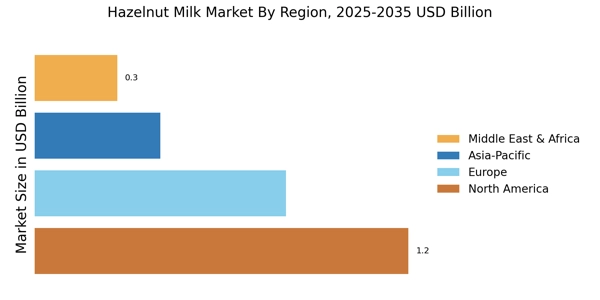
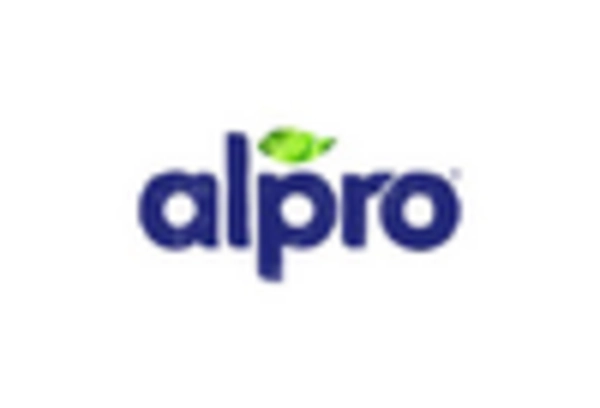
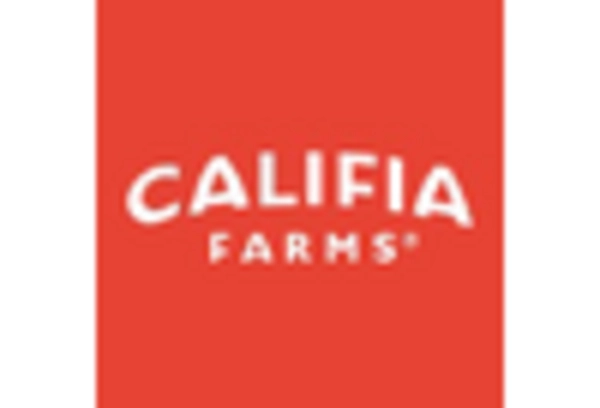

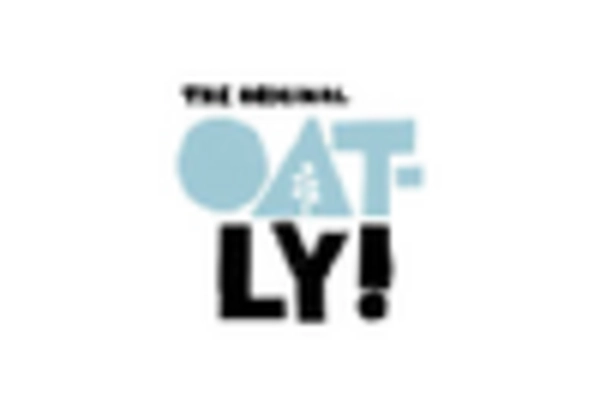

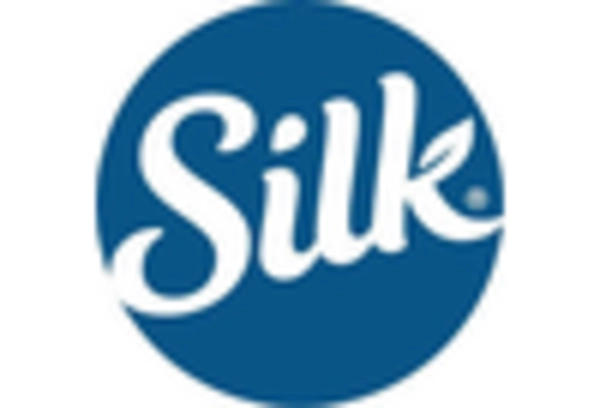








Leave a Comment